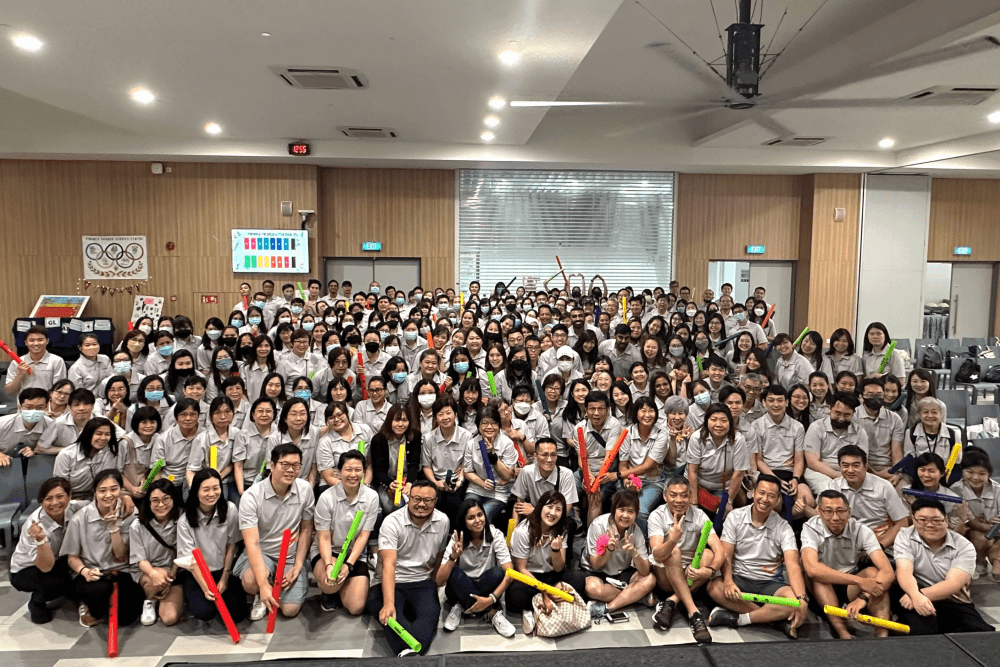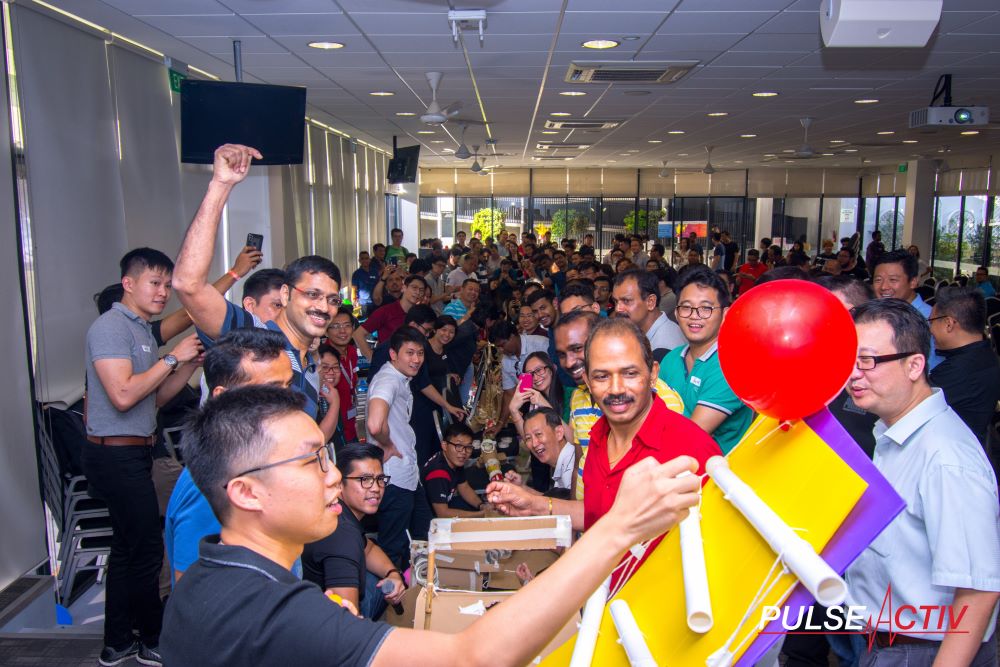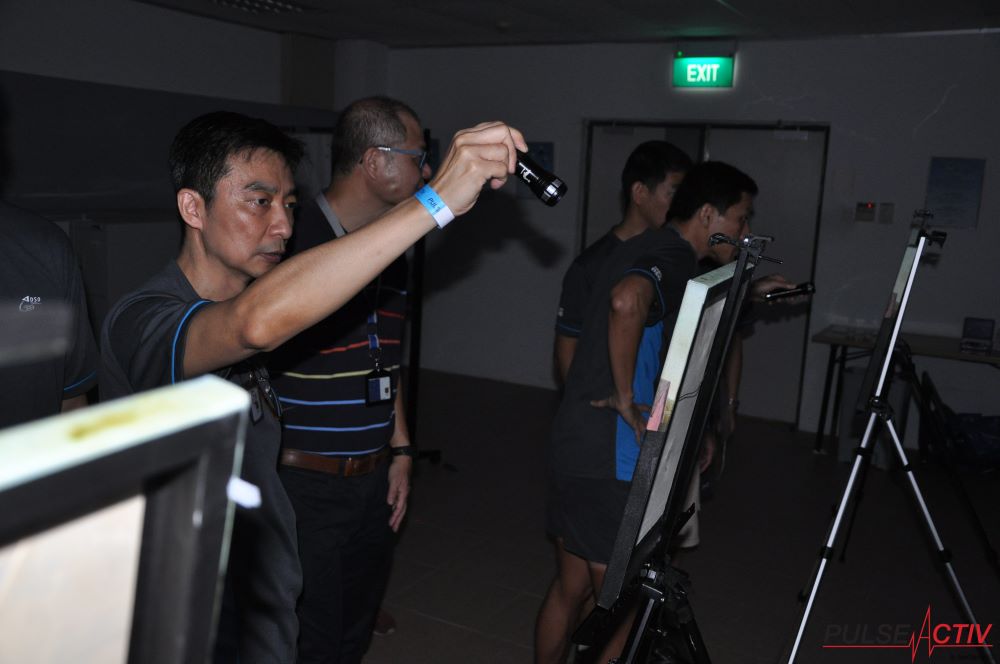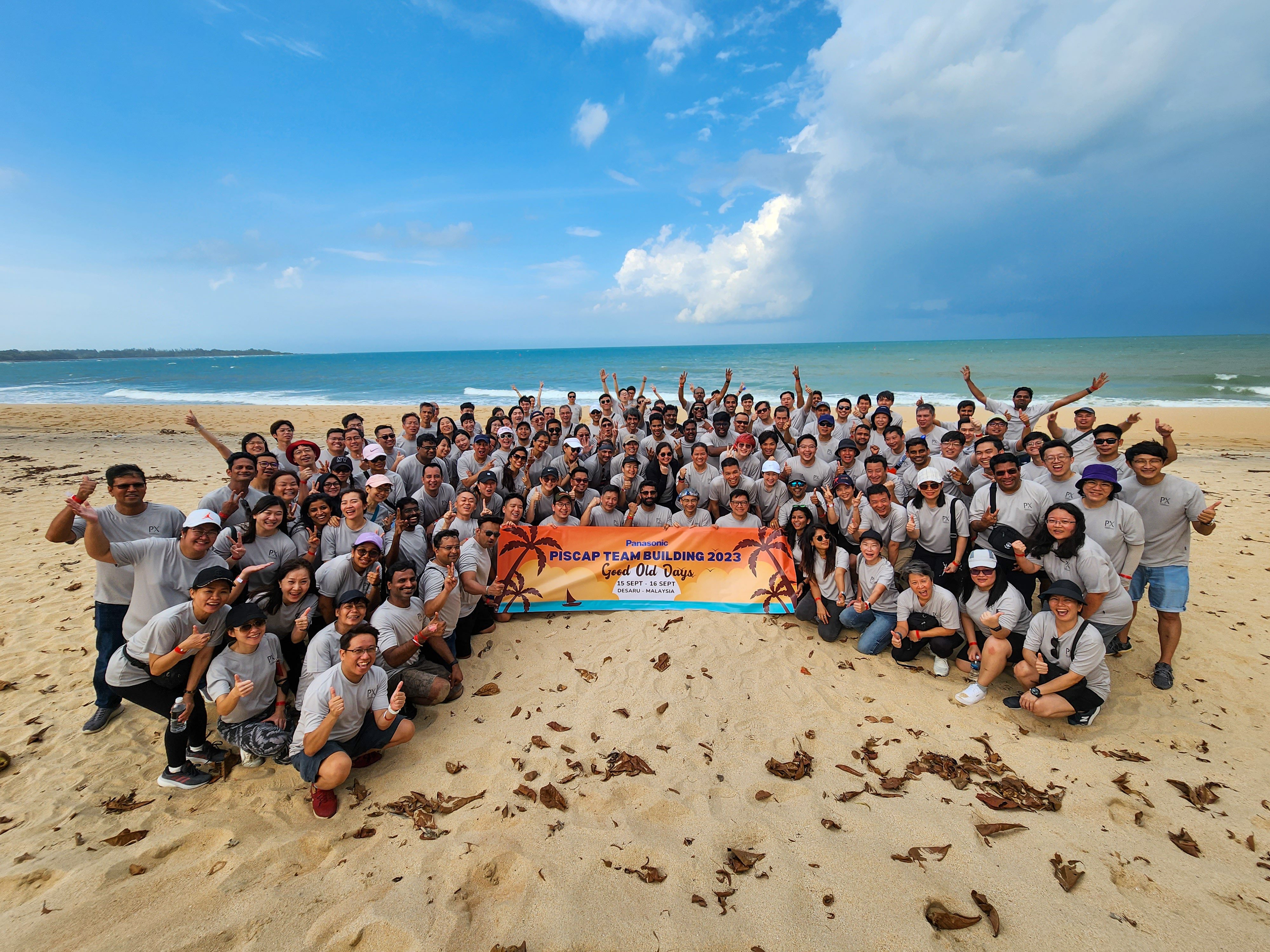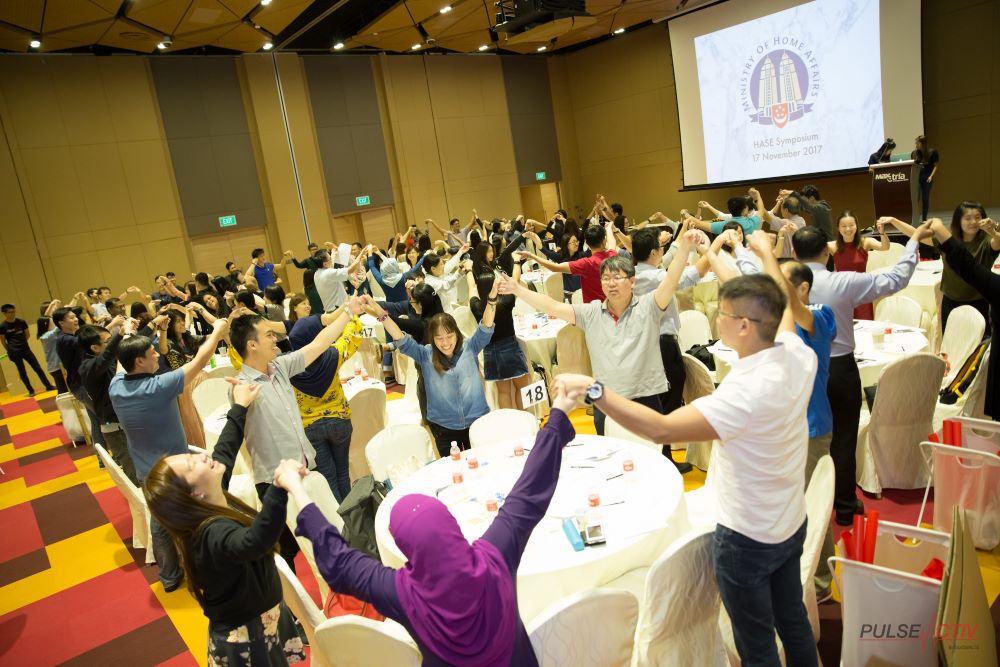The History of Team Building and How it came about
Team building has become a crucial component of organizational culture, but when exactly do organizations start integrating it into their practices? Here’s an overview of the evolution of team building and the factors that influence its adoption.
The Early Days: Emergence of Team Building
Historical Context
Team building as a formal practice has its roots in the early 20th century, with the rise of management theories and the study of group dynamics. The concept of team building began gaining traction in the 1950s and 1960s, influenced by the works of psychologists like Kurt Lewin and sociologists like Elton Mayo. These early theories focused on improving group cohesion and productivity through structured activities.
Initial Adoption
Initially, team building was mostly adopted by progressive organizations that were interested in enhancing employee engagement and improving team performance. These early adopters often included large corporations and educational institutions that recognized the value of fostering strong interpersonal relationships among employees.
The 1980s and 1990s: Popularization and Expansion
Corporate Adoption
During the 1980s and 1990s, the concept of team building gained widespread popularity. The corporate world began to recognize the link between team cohesion and business success, leading to a more systematic approach to team building. This period saw the rise of professional team-building facilitators and consultants who offered specialized programs and workshops.
Diverse Activities
The variety of team-building activities expanded significantly during this time. From traditional exercises like trust falls and group problem-solving tasks to more adventurous activities like ropes courses and outdoor challenges, organizations sought creative ways to engage their teams. The focus was on improving communication, collaboration, and problem-solving skills.
The 2000s and Beyond: Integration and Innovation
Strategic Integration
As businesses faced increasingly complex challenges in the 2000s, team building became an integral part of organizational strategy. Companies began to incorporate team-building activities into their overall business plans, using them as tools for leadership development, conflict resolution, and fostering innovation.
Technological Advancements
With the advent of digital technology, team building also adapted to include virtual and hybrid formats. Online team-building exercises, virtual escape rooms, and digital collaboration tools became popular, allowing remote teams to engage in team-building activities regardless of their physical location.
Focus on Inclusivity and Diversity
In recent years, there has been a greater emphasis on inclusivity and diversity in team-building practices. Organizations are increasingly aware of the need to create team-building experiences that are respectful of different cultural backgrounds and promote a sense of belonging among all employees.
Current Trends and Future Directions
Customization and Personalization
Today’s organizations are moving towards more customized and personalized team-building experiences. There is a growing recognition that one-size-fits-all approaches are less effective than tailored activities that address specific team needs and goals.
Sustainability and Well-being
The focus is also shifting towards activities that promote sustainability and employee well-being. Team-building exercises that align with corporate social responsibility goals and support mental health are becoming more prevalent.
Data-Driven Insights
Modern team-building practices are increasingly data-driven. Organizations are leveraging analytics to measure the effectiveness of team-building activities and to gain insights into team dynamics and performance.
Conclusion
People start doing team building at different stages of organizational development, but the trend towards formalizing and integrating these practices has evolved significantly over time. From its early beginnings to its current status as a strategic tool, team building continues to adapt to the changing needs of organizations and their teams. As businesses face new challenges and opportunities, the future of team building will likely continue to innovate and evolve, focusing on creating meaningful and impactful experiences for employees.
To head back to read another article in our blog, click here.





